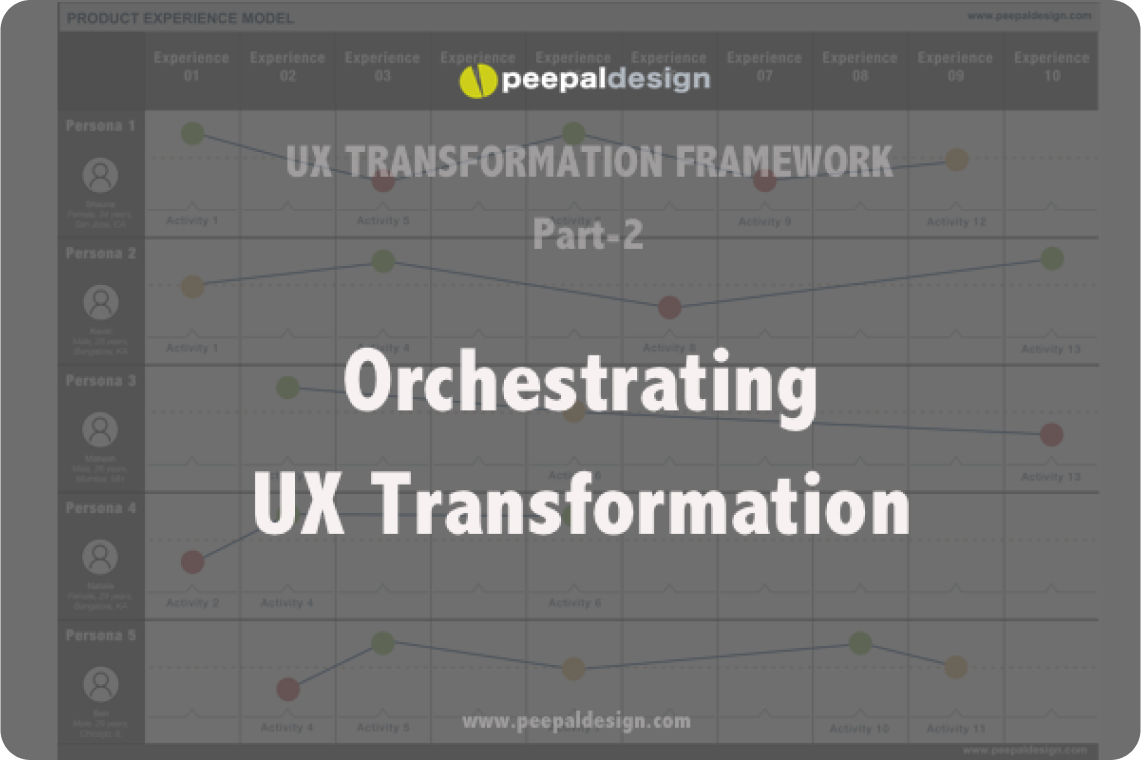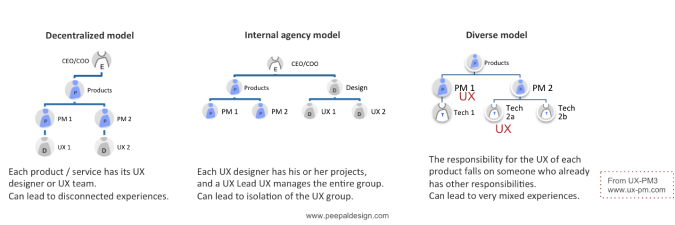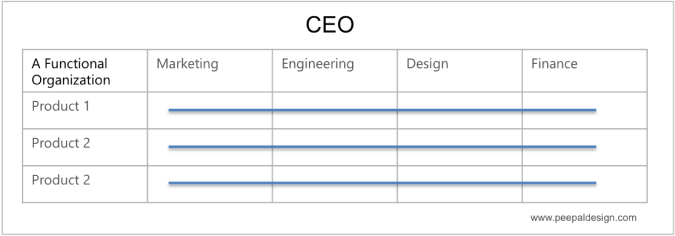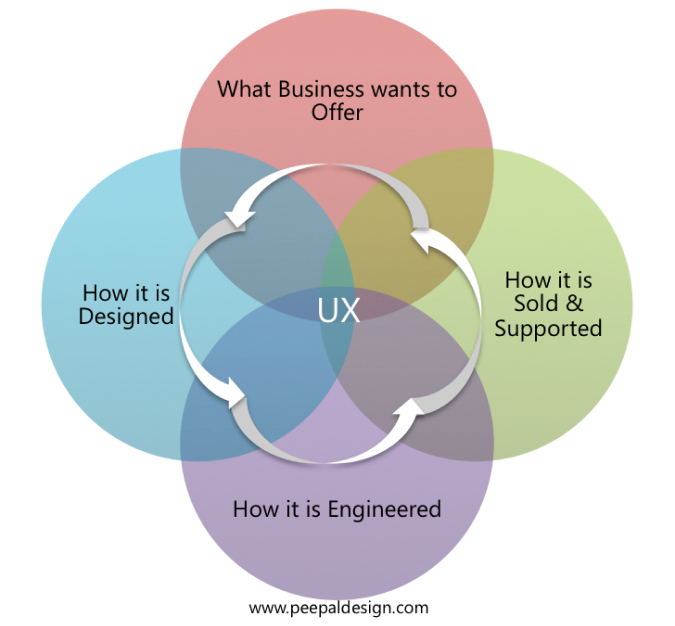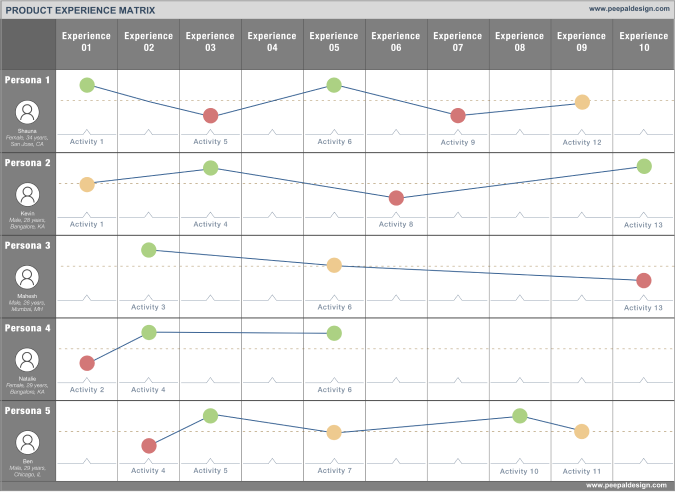Blogs
Orchestrating UX Transformation
Durga Prasad
Posted On May 29, 2023
User Experience is dynamic. It is constantly modified over time. How shall we direct/orchestrate something that is in perpetual flux?
To direct you need an anchor and a goal. Then there is the journey where all experiences manifest themselves. If we understand where to start (the anchor) and where to end (the goal) and who is traveling (the user), it will be easier to direct the construct of a beautiful path (the journey) that is experiential, meaningful and valuable.
In case of large organizations with number of horizontals and verticals, UX gets lost under the web of org hierarchy and is mostly used for symptomatic remedy of experience challenges, such as making the UI pretty or quickly conjuring a UI so that dev can quickly build it or getting some cool looking icons and graphics. Even if in some cases UX team is given a free hand in defining good experiences, lack of common vision and philosophy across organization can lead to disjointed experiences.
Here are some commonly found UX organization models pulled from UX-PM training material.
Org Structures
Then there are functional organizations where products are built in collaboration between cross functional teams. Such as Apple!
But it’s overwhelming to see the word “Product” in all orginization models. Few decades back it was all about marketing. If you are a smart marketeer, you drive the organization. Then came engineers and most successful organizations of past decade are run by smart engineers. What’s next?
As per Design Management Institute (DMI) The Design Value Index Study shows 10 year returns yielding 2.11 times (211%) that of the S&P 500 and Design-driven companies outperform the S&P 500 by 219%.
With more and more companies like Whirlpool, Walt Disney, Steelcase, SAP, IBM, CocaCola, Nike etc. joining the design driven success stories where Apple leads the pack, we hope to see a change in how organizations are driven and products are orchestrated.
Here is the catch! Design alone is not UX. User Experience in organizational term can be defined as “What end users get to experience after what business decides to offer, what designers visualize, what engineers actually build and finally how the offering is supported for continuous user engagement”
The era of only number-crunchers, only marketeers, only engineers and only designers in building successful products will slowly thin down. Now is the time, when we should see user empathizers with absolute understanding of cross functional challenges to lead the next batch of revolutionary organizations.
I visualize an organiation where UX drives research, design, engineering and services in an well coordinated symphony towards a experientially satisfying outcome.
UX is in the confluence of Business, Design, Engineering and Supprot
UX Centric Model
I believe that a UX driven organization should work on 3 key principles:
- Adhere to a common user experience philosophy, vision & methodology
- Collaborate across business units towards achieving the common vision
- Enable team members to become UX champions.
If you are doing this, You better drive your product by experiences. Go beyond the use-cases and try to focus on various experiences that your product is expected to offer or is already offering. Understand your users through personas and map existing/planned experiences for each personas, their activities, emotions and align the whole organization to a cohesive thinking that revolves around experiences.
Here is a product experience matrix that I created. Hope this helps. May be I will write another blog explaining the matrix in detail.
Product Experience Matrix
Please understand that design is not UX. All members across business unit are part of this big umbrella and they play different roles in orchestrating UX. However, in the initial phase, all members should be trained to think like an UXr. You can look at our UX-PM international certification as the first step in this direction.
UX is all about experience. If experience across your organization is positive, if the entire workforce is aligned to a common experience centric goal, that itself will snowball the organization towards greater success. Create as many UX programmes as you can to identify UX champions, to embed user centricity in workforce and enjoy the dynamic challenges of UX.
In summary orchestrating UX transformation would require following
- Organization structure that follows the UX centric model
- Consistent and continuous focus on converging on a org wide common understanding of target users, their needs, goals and motivations
- Org wide UX vision statement (devised and converged through collaborative workshops)
- Focus on enabling (training, workshops, incl) the workforce in realising the UX vision
- Continuous evangelization of UX by means of outreach programmes
In my last blog I covered how to identify a business case for UX Transformation In my next blog I will share my thoughts on about UX enablement.

An experienced CEO with a demonstrated history of creating a business in the design industry that delivers sustained growth, industry-leading profits through an unerring focus on customers & employees. With deep expertise in UX research across diverse sectors, he offer invaluable insights on customer-centricity and fostering success in business.
